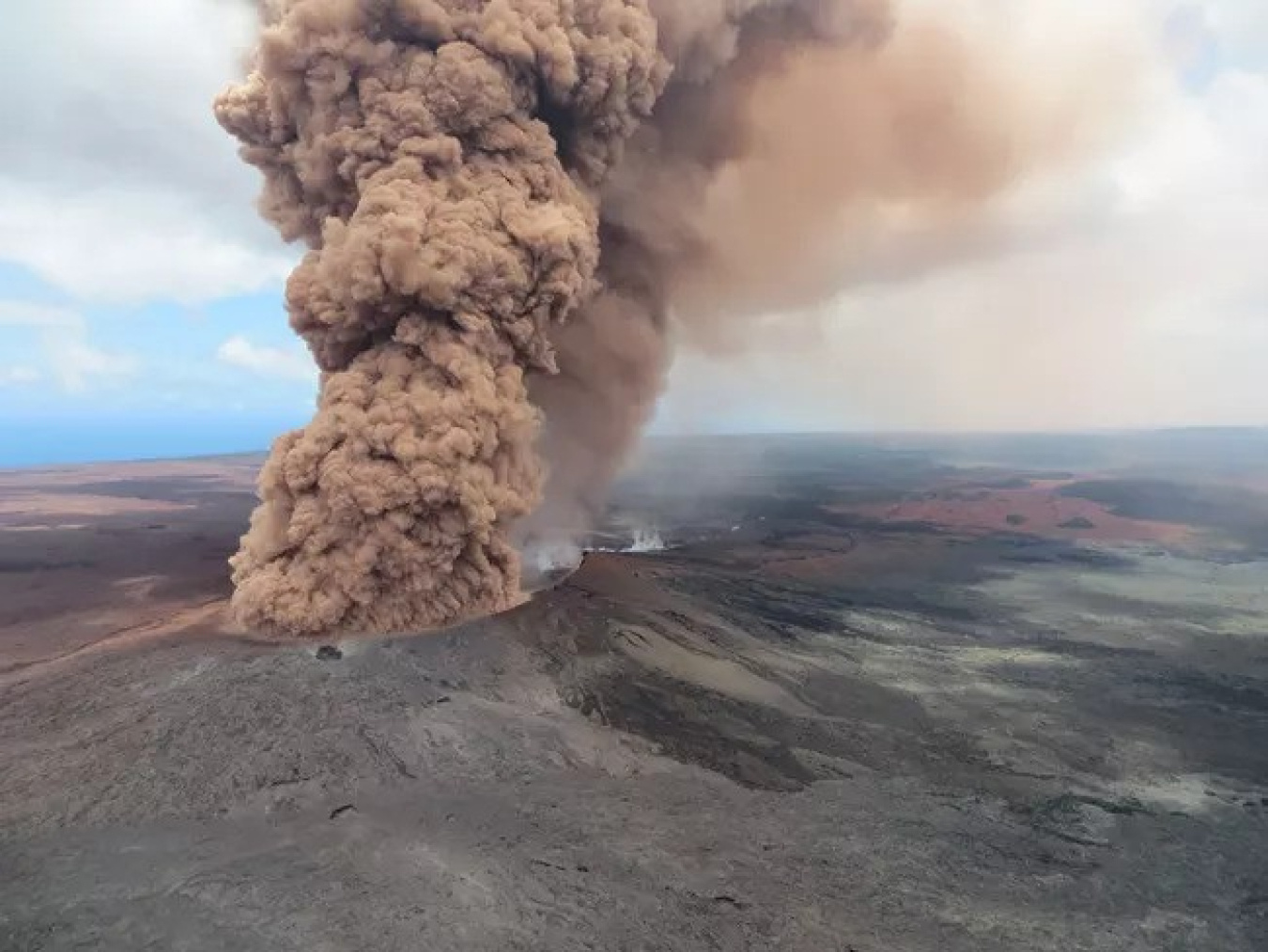Automatic speech recognition predicts earthquake fault displacement.
July 31, 2025The Science
Can an artificial intelligence (AI) system predict earthquakes? Researchers have taken a step toward that possibility with a project examining how AI works with seismic data from earthquakes. The researchers adapted Meta’s Wav2Vec-2.0, an AI foundation model designed for speech recognition, to analyze seismic signals from Hawaii’s 2018 Kīlauea volcano eruption. The magma chamber collapse led to fault slips, where blocks of the Earth move past each other. These slips resulted in a series of earthquakes that lasted for three months. The team began with sound data from laboratory experiments and numerical simulations. They then extended the approach to data from the Hawaii earthquakes.
The Impact
The findings suggest that faults emit distinct signals as they shift. AI models can track this change in real time to predict the beginnings of earthquake slip. While this doesn’t mean AI can predict earthquakes, the study marks an important step toward understanding how faults behave before a slip event. In addition, the real-time prediction results are a significant advancement. With this creative approach, voice-to-text AI could be an integral and surprising solution for more accurate predictions. Research in this domain to improve earthquake monitoring capabilities could help keep communities across the country safer.
Summary
This research demonstrated that AI foundation models for audio data can translate continuous seismic records in a way that matches the measured ground motions.
Speech recognition models like Wav2Vec-2.0 are well-suited for this task. They excel at identifying complex patterns in time-series data — whether involving human speech or Earth’s tremors. Using the seismic waveform data, the model could provide predictions about the timing of slip events for M5 earthquakes occurring at a volcano. The AI model outperformed traditional methods, such as gradient-boosted trees, which struggle with the unpredictable nature of seismic signals. Gradient-boosted trees build multiple decision trees in sequence, refining predictions by correcting previous errors at each step.
Unlike previous machine learning models that required manually labeled training data, the researchers used a self-supervised learning approach to train Wav2Vec-2.0. The model was pretrained on continuous seismic waveforms. The scientists then fine-tuned it using real-world data from the Kīlauea volcano collapse sequence.
Continuing these efforts to better predict seismological hazards, AI technology may well be a step toward a more efficient earthquake monitoring system. Further research will work toward increasing the time frame in which the technique is accurate.
Contact
Christopher W. Johnson
Earth and Environmental Sciences Division
Los Alamos National Laboratory
cwj@lanl.gov
Funding
This material is based upon work supported by the U.S. Department of Energy, Office of Science, Office of Basic Energy Sciences, Geosciences program.
Publications
Johnson, C. W., Wang, K., & Johnson, P. A.. Automatic speech recognition predicts contemporaneous earthquake fault displacement. Nature Communications, 16, (2025). [DOI: https://doi.org/10.1038/s41467-025-55994-9]
Related Links
Los Alamos National Laboratory News: Can voice-to-text AI help scientists predict earthquakes?
NVIDIA blog: When the Earth Talks, AI Listens


